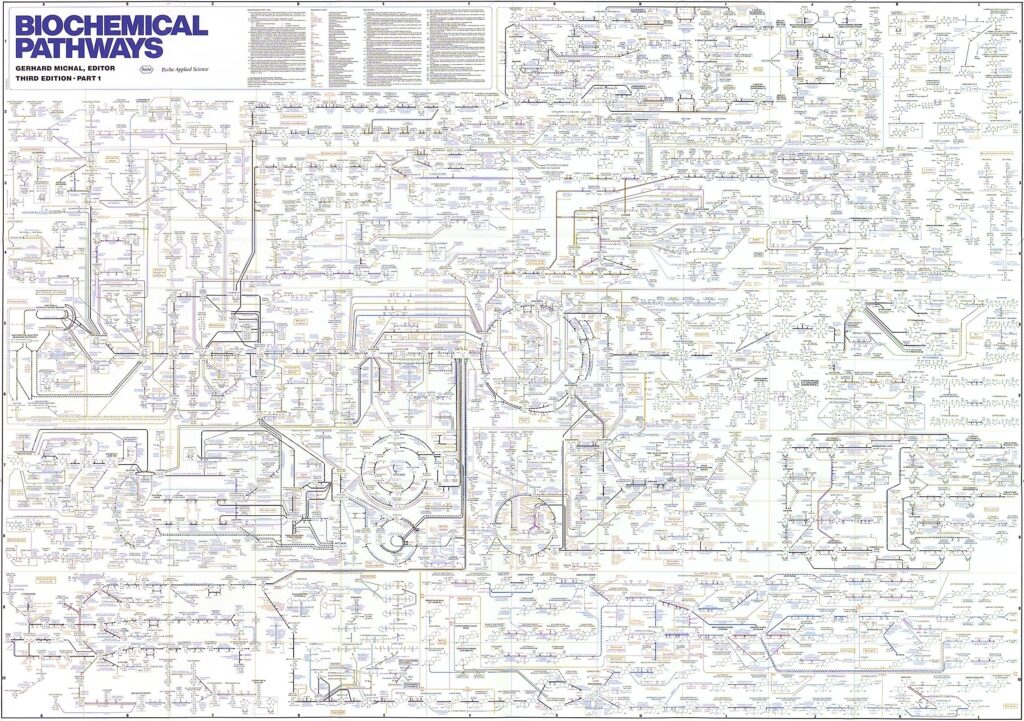When I was in high school, we’d study simple forms of life – single cell life, like a paramecium. And the thing that consistently impressed me was how incredibly complicated these life forms of were. We’d examine a single, basic cell, and find it was amazingly sophisticated. It sparked a powerful interest in developing a feel for the sequence of life, to understand how long various species have been around.
The puzzle of complexity and the mystery of age drove much of my interest in biology for years. And the key to understanding both is the timeline of development.
We know the earth was frequently subject to heavy-duty bombardment by meteorites during the first half-billion years. This pounding was fierce enough that it’s entirely possible that simple forms of life arose and were wiped out several times.
We also know that the earliest evidence of life we can find dates back the time when the bombardment was winding down. Those early life forms were single cells. And that’s how matters remained…
…for the next 2.5 billion years.
Two and a Half. Billion. Years.
Evolution is driven by changes in the environment. Life that can adapt to change survives. Life that can’t…dies. Sometimes it’s the weird mutant cell that survives, say, a period where it’s colder than normal. That mutant proliferates while others fade away. The mutant moves into colder environments while its cousins remain in the tropics. Single cells adapted to a variety of environments, including competition with their own expanding numbers. The development of single-cell life, including the arms race of single-cell biological warfare, went on for time out of mind.
No damn wonder they’re so sophisticated. This chart of cellular biochemical and metabolic pathways resembles a large city map:
All the oldest forms of life began in the ocean. It was only about 500 million years ago – half a billion years – that life moved onto land. There are living fossils among us. Sponges date back 635 million years. Horseshoe crabs, 435 million years. Sharks, over 350 million years. Alligators, more than 200 million years. Ginko trees – abundant in Washington, DC – haven’t significantly changed in 170 million years.
But to find the oldest form of life, you need look no farther than the cells of your own body. We are, all of us, walking cell colonies. The cells that form us are, of course, far more advanced than the earliest cells, and they got that way because they had 2.5 billion years to find their groove.
The most ancient forms of life are the building blocks of your life.
